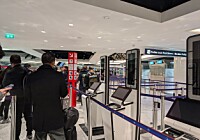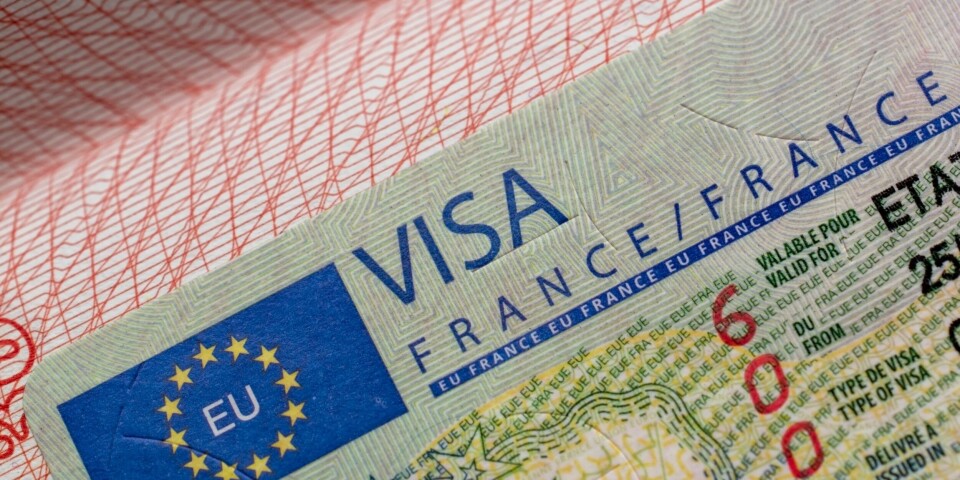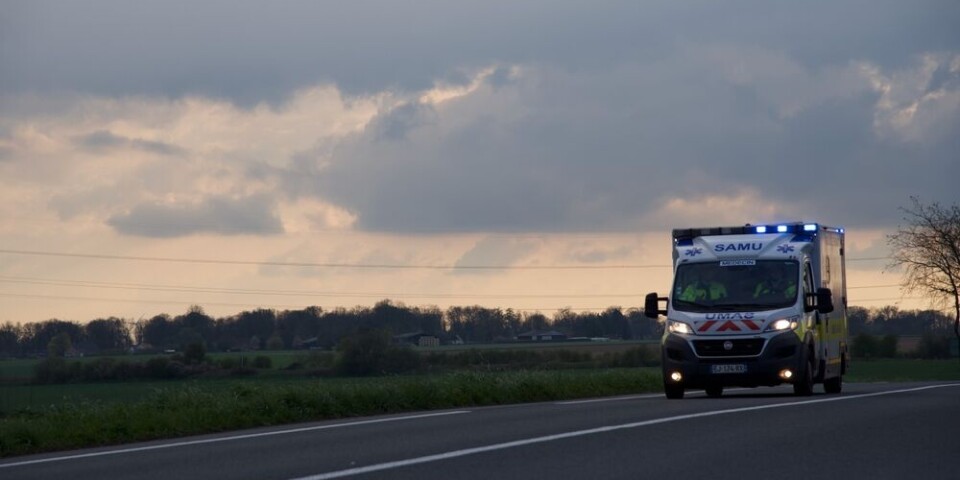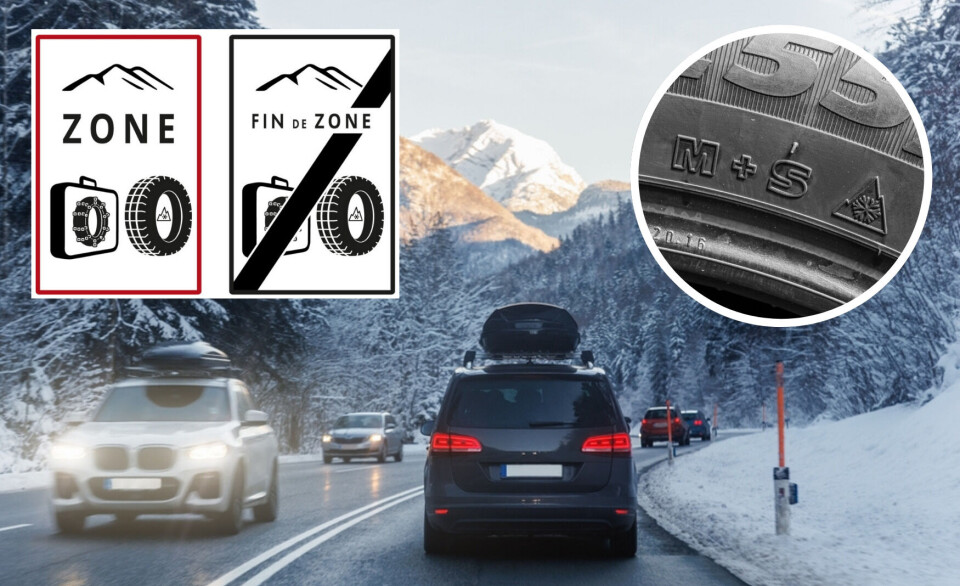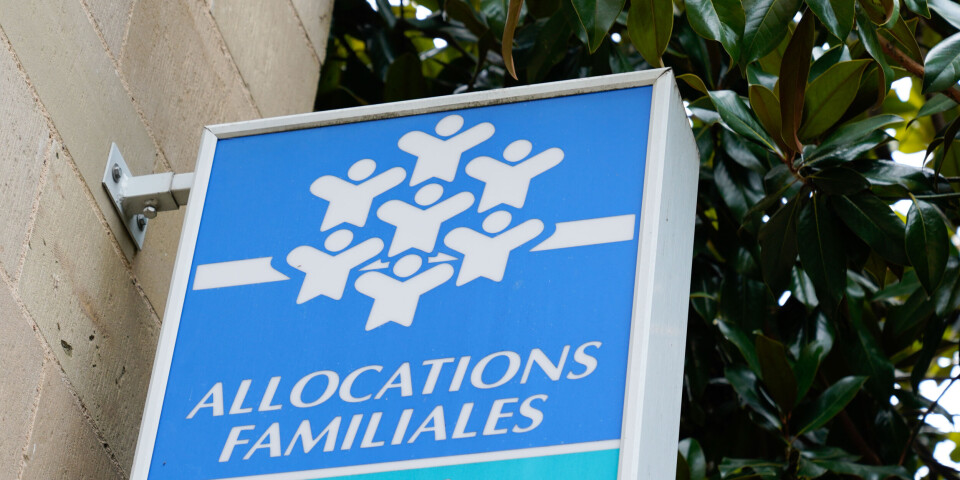I am now registered in EES: What happens next time I cross the Schengen border?
Where available, use of pre-registration devices will still be advised
Getlink
How do new EU border changes affect you?
Connexion subscribers can read our help guide to the EES and Etias for free on the Subscriber Resources page here.
If you are not subscribed to the Connexion either click here to subscribe or click here to purchase the guide for €9.50.
The French and EU authorities say subsequent entries and exits after a person is registered in EES will be quicker and simpler as less information has to be recorded for them.
The full effects of this may take some time to bed in, but here we look at what has been stated so far.
Note that a ‘phased start’ of EES is under way and so not all eligible travellers will be entered into the new system on the first time they cross the Schengen area border during the first six months (until April 10, 2026). Also, passport stamping is expected to continue in tandem for these six months.
It is also possible, until mid-December, that you may be entered into the system but without your ‘biometrics’ (facial image and right-hand fingerprints).
How long is your information stored for?
Once an EES entry has been created for you containing your personal details, based on your passport information, it will be stored for three years after your last exit from the Schengen area, meaning that it will be retained indefinitely if you travel to and from Schengen on a fairly regular basis.
Logs of your entries and exits will be kept for three years, apart from in the case of EU ‘family members’ (that is, close family such as spouses, of EU citizens using their EU free movement), whose logs will be kept for one year.
The process for subsequent crossings
Once you are fully in the system, with biometrics provided, future border crossings are promised to be faster, as the systems will recognise you immediately and your database entry will be updated by registering the place, date and time of the crossing.
Having said this, a ‘verification’ of one of your biometrics will still be required, to check your identity, in most cases likely to be a scan of your face.
This requirement is stated in the EU regulation setting up EES, which says “fingerprints or facial images should be used as a biometric identifier for verifying the identity of third-country nationals who have previously been registered in the EES, as long as their individual files have not been deleted”.
The exact process will depend on the set-up at the border point you are crossing.
This includes whether or not it has pre-registration devices (PRDs), including self-service kiosks or tablet computers handed to people by helpers; and whether or not there are ‘Parafe’ automatic passport e-gates.
The largest airports and Eurotunnel and Eurostar are equipped with both, as is the port of Calais.
If unsure, a list of places with Parafe gates is on official French websites, here and here and you can read here about which border points have PRDs in a previous article as well as on official French website service-public.gouv.fr.
Nationals of many countries, including Britons, Americans, Canadians, Australians and New Zealanders can use Parafe gates.
Note, however, that on launch of EES it was expected that non-EU/non-EEA/non-Swiss nationals living in France with long-stay visas or residency cards would no longer be able to use them.
The government said it was working towards a quick route through the controls for this group.
Where there are Parafes and PRDs
Where both Parafes and PRDs are in use, it should be possible for people concerned by EES to avoid passing in front of a border guard’s booth, thus saving time.
This is because the French government reports having adapted the Parafe e-gates to work together with EES for people who must be registered in the EES system.
So, the process is expected to involve going to a kiosk or an agent with a tablet, where there will be a fast process to recognise your identity by verifying one of your biometrics.
You should then be able to proceed through a Parafe gate.
Where there are PRDs but no e-gate
Travellers will also be advised to use a PRD for their verification, but they will also have to queue to pass in front of a border guard’s booth.
We note that the official EES website states that using PRDs (referred to on this site as ‘self-service systems’) will speed up the process, however, service-public.gouv. fr states that using PRDs is not obligatory.
It may therefore be advisable to assess the situation on the ground as to whether it appears faster to use a PRD or to head straight for the border guard’s booth.
If there is no special equipment
At places without special equipment, such as smaller airports, the border guard will verify one of your biometrics and your EES file will be updated at their booth with your new entry or exit place, time and date.
What do travel organisations say about subsequent trips?
Eurotunnel refers on its website to “a faster passage for subsequent crossings (simple facial scan)”.
The Port of Dover states that those concerned by EES must still visit their “EES facilities at the Western Docks” for a “verification of their EES profile”, “but the system will automatically recognise registered travellers, speeding up the border crossing process”.
Eurostar has previously stated that passengers will be asked to “go to a kiosk for facial recognition” on subsequent trips.




